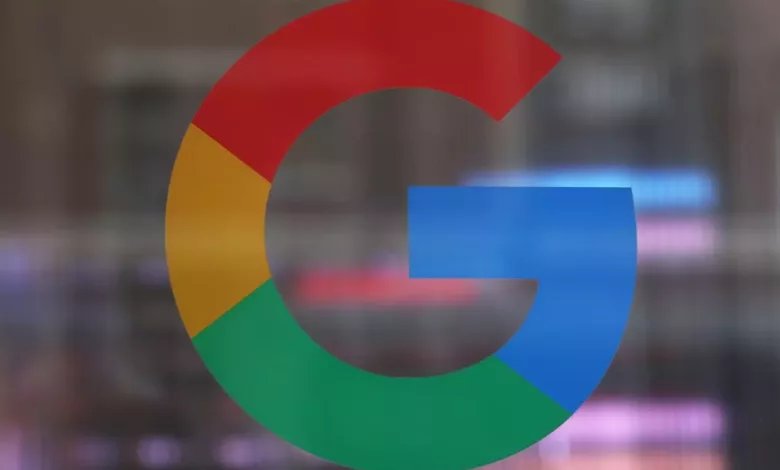
Google Introduces Watermarking for Images Created by AI
- Technology
- August 31, 2023
Taking a significant step towards combating the rampant spread of misinformation, Google has revealed its pioneering technology that places an imperceptible yet indelible watermark on images to distinguish them as computer-generated. This innovative system, known as SynthID, seamlessly embeds watermarks directly into images produced by Imagen, a cutting-edge text-to-image generator developed by Google. Notably, these AI-generated labels remain intact irrespective of any subsequent modifications, including the application of filters or alterations to colors.
SynthID’s capabilities extend beyond watermark embedding. It is equipped to analyze incoming images and ascertain their likelihood of being created by Imagen by meticulously scanning for the watermark, offering three levels of certainty: detected, not detected, and possibly detected.
“While this technology isn’t perfect, our internal testing shows that it’s accurate against many common image manipulations,” wrote Google in a blog post Tuesday.
A beta version of SynthID has been unveiled to a select group of Vertex AI customers, Google’s platform tailored for generative AI developers. The development of SynthID is the result of collaboration between Google’s DeepMind unit and Google Cloud, and the technology is poised for ongoing refinement. It holds the potential for integration into other Google products or even third-party applications.
In a landscape where deepfakes and digitally altered content are growing increasingly sophisticated, technology companies are grappling with the challenge of effectively identifying and flagging manipulated media. As recent instances have demonstrated, such as the AI-generated image of Pope Francis sporting a puffer jacket, and images of a fictitious arrest of former President Donald Trump, the stakes are high as these manipulated images circulate widely.
Vera Jourova, Vice President of the European Commission, urged tech companies under the EU Code of Practice on Disinformation to implement technology capable of recognizing manipulated content and presenting clear labels to users.
With SynthID’s unveiling, Google joins a burgeoning group of startups and major tech players that are working to find solutions. This underscores the gravity of the endeavor – safeguarding our understanding of reality.
The Coalition for Content Provenance and Authenticity (C2PA), championed by Adobe, has been at the forefront of digital watermarking initiatives, while Google has pursued its own distinct path.
In May, Google introduced “About this image,” enabling users to track when images were initially indexed by Google, their first appearances, and subsequent online occurrences. Additionally, every AI-generated image crafted by Google will be equipped with a contextual marker within the original file, providing insights if the image is discovered on another platform or website.
However, as AI technology outpaces human oversight, the efficacy of these technical measures remains uncertain. OpenAI, the entity behind Dall-E and ChatGPT, acknowledged the limitations of its effort to detect AI-generated writing and recommended caution in interpreting its results.